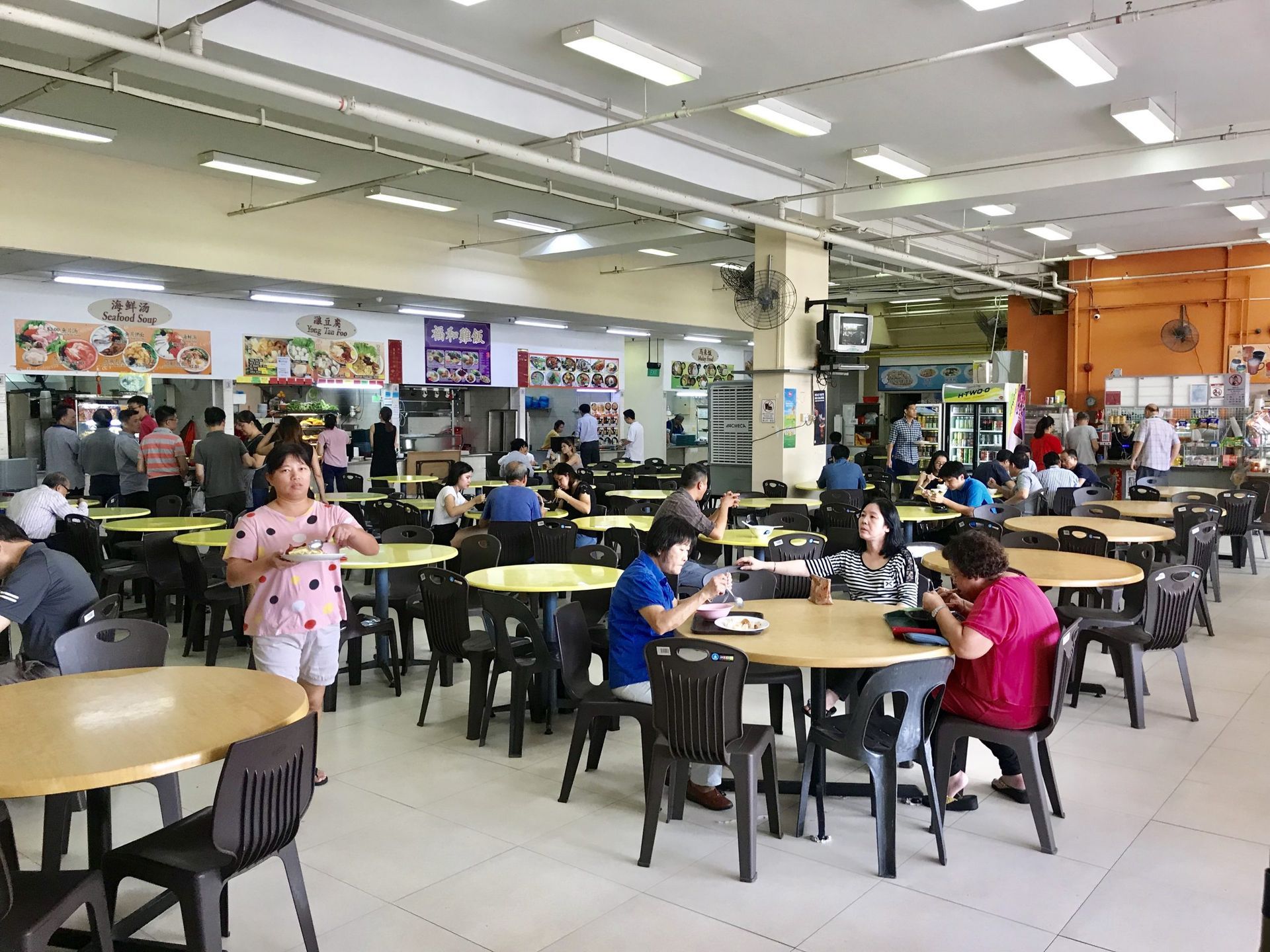Personalization and AI in Customer Experience: Revolutionizing F&B Businesses
The F&B industry is undergoing a significant transformation, driven by AI-powered technology and data-driven strategies. Personalization is at the forefront of this shift, with AI offering the ability to enhance customer experiences and increase operational efficiency. In restaurants, cafes, and quick food kiosks, AI-powered CRM systems and POS integrations are unlocking new opportunities to predict customer preferences, automate marketing efforts, and deliver personalized service.
How AI Personalization Impacts Customer Experience
Personalization in the F&B industry goes beyond offering customers their favorite dish. With the rise of AI, businesses can now anticipate what customers want even before they step into the restaurant. By leveraging AI-powered CRM systems and POS systems, restaurants and cafes can analyze customer data, preferences, and purchase history to create a personalized experience tailored to each individual.
1. AI-Powered CRM Systems: Understanding Customer Behavior
AI-enabled CRM systems allow F&B businesses to capture and store vast amounts of data, from past orders to feedback and interactions. This data is invaluable for creating personalized campaigns, targeted promotions, and membership solutions that cater to individual tastes. For instance, a customer who frequently orders vegetarian dishes might receive exclusive offers for new plant-based menu items.
2. Optimizing Menu Suggestions with AI
AI helps businesses optimize their menu suggestions based on customer preferences, time of day, and seasonal trends. Integrating AI into your POS system enables real-time recommendations that align with a customer’s past choices. This can be particularly beneficial for quick-service food kiosks or cafes, where personalized menu options can enhance convenience and drive sales.
3. Automating Marketing Campaigns
By analyzing customer data, AI can automate marketing efforts such as email promotions, loyalty rewards, and discounts. AI-powered CRM systems streamline this process by sending personalized promotions at the right time, whether it’s a customer’s birthday or their first visit in a while. This AI-driven personalization ensures that marketing campaigns are more relevant, improving engagement and return visits.
AI-Driven Personalization Across Different F&B Segments
1. Restaurants
For restaurants, personalization powered by AI transforms the dining experience. From personalized menus to special offers, AI-powered CRM systems and POS integrations can recognize returning guests, recommend dishes based on past orders, and even offer loyalty rewards customized to their tastes. AI analytics also enable restaurants to identify trends and predict peak dining times, which helps optimize staffing and inventory management.
2. Cafes
Cafes are increasingly adopting AI-driven personalization to create memorable customer experiences. With AI integrated into POS systems, cafes can suggest specific drink pairings, seasonal offerings, or exclusive menu items for loyal customers. Additionally, membership solutions with AI-backed data allow cafes to offer tiered loyalty programs, rewarding frequent customers with discounts, free items, or exclusive perks.
3. Quick Food Kiosks
AI’s ability to streamline operations and personalize customer experiences makes it particularly valuable for quick food kiosks. Self-ordering kiosks integrated with AI-driven CRM systems can offer personalized menu recommendations, suggest upsells, and remember customer preferences, all while reducing wait times. This not only enhances customer satisfaction but also increases sales and operational efficiency.
Driving Higher Engagement and Return Visits
The ultimate goal of AI-driven personalization is to foster customer loyalty and boost repeat visits. By utilizing AI-powered CRM systems, F&B businesses can drive higher engagement through targeted promotions, personalized rewards, and tailored customer experiences. This strategic use of AI improves customer retention, turning first-time visitors into loyal patrons.
1. Tailored Loyalty Rewards
With AI-integrated membership solutions, businesses can track customer behavior to create personalized loyalty programs. Instead of generic rewards, AI analyzes spending patterns to offer more appealing incentives. For example, regular customers can receive exclusive discounts or loyalty points for their favorite items, encouraging them to return more frequently.
2. Personalized Promotions
AI can segment customer data to send out personalized offers that resonate with different groups. Whether it’s a special deal on weekends or a holiday discount, AI-driven promotions ensure that each customer feels uniquely catered to. This enhances customer satisfaction, fostering brand loyalty and increasing repeat business.
The Power of AI-Driven Analytics
AI doesn’t just improve the front-end customer experience; it also empowers F&B businesses with real-time data analytics. By integrating AI with POS systems, restaurants and cafes can access in-depth insights about sales trends, customer preferences, and operational bottlenecks. These insights help businesses make data-driven decisions, optimize their menus, and manage inventory more efficiently.
AI-powered analytics also allow F&B operators to forecast demand, adjust staffing levels accordingly, and reduce food waste—further enhancing operational efficiency and profitability.
Conclusion
The rise of AI and personalization is revolutionizing how F&B businesses engage with their customers. By adopting AI-driven CRM systems, POS integrations, and self-ordering solutions, restaurants, cafes, and quick food kiosks can offer tailored experiences that resonate with individual customers. From personalized menu recommendations to automated loyalty rewards, AI ensures that every interaction is meaningful, driving customer loyalty, engagement, and increased profitability.
If your F&B business is looking to enhance customer experiences and boost repeat sales, AI-powered CRM solutions are the key to staying competitive in today’s digital landscape.
If you are interested in finding out more about POS systems, QR ordering, online ordering or CRM membership solutions for your F&B business, click here to send in an enquiry!
Interested in a CRM Based POS System, QR ordering or a standalone CRM membership system?
Send an Enquiry!
You might also like



